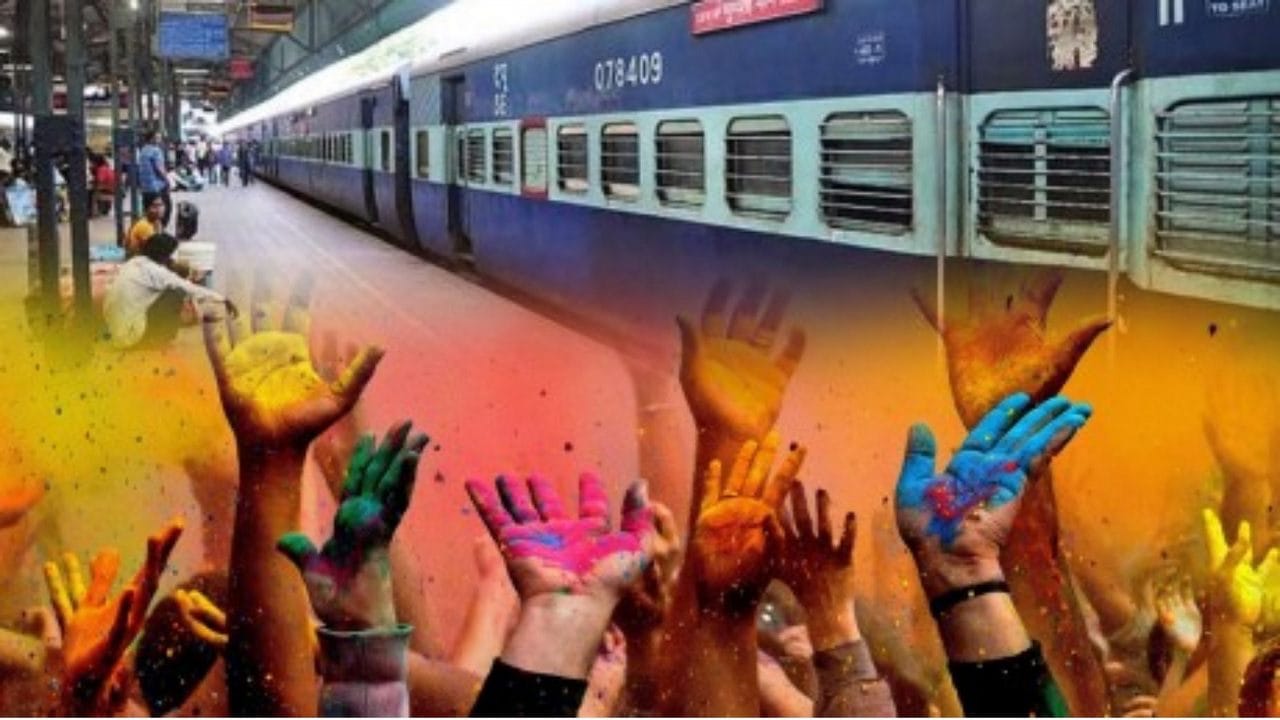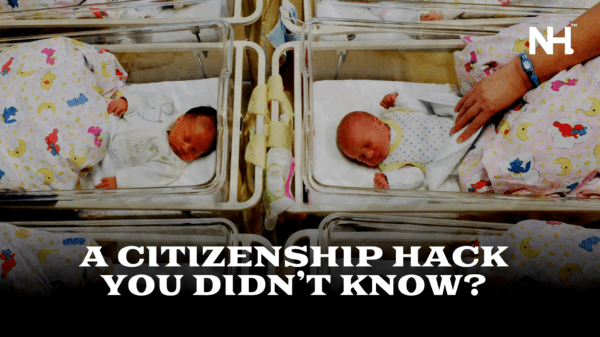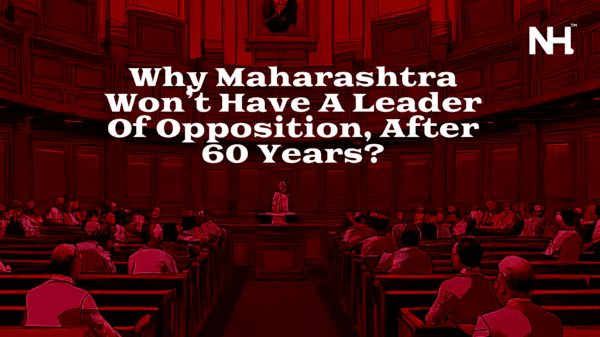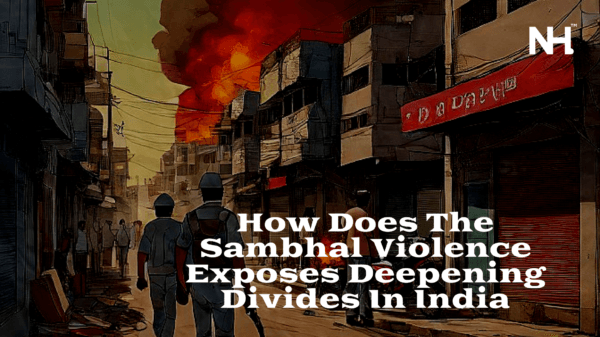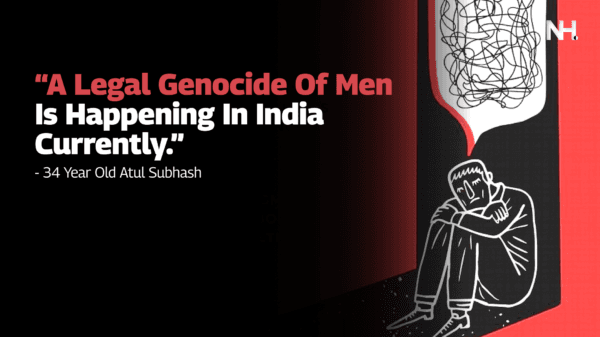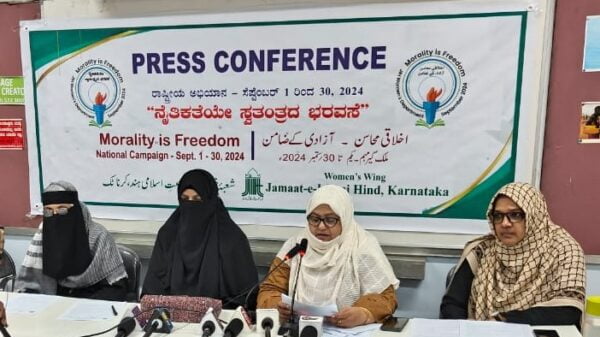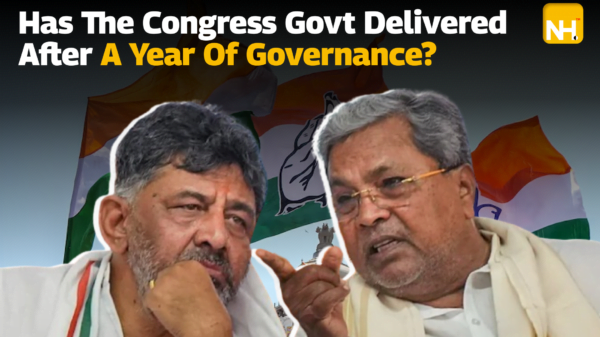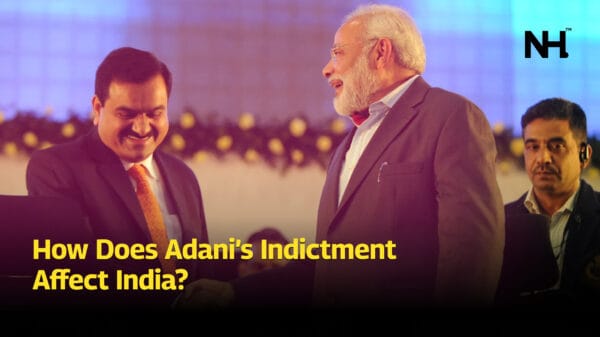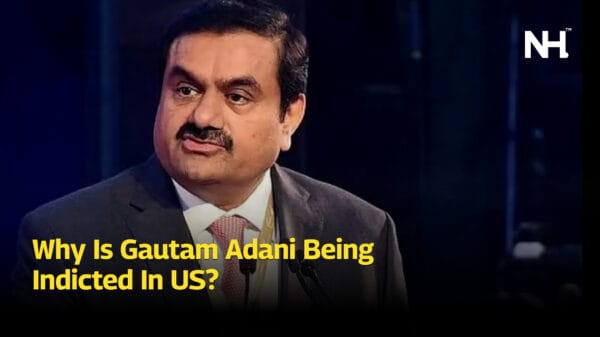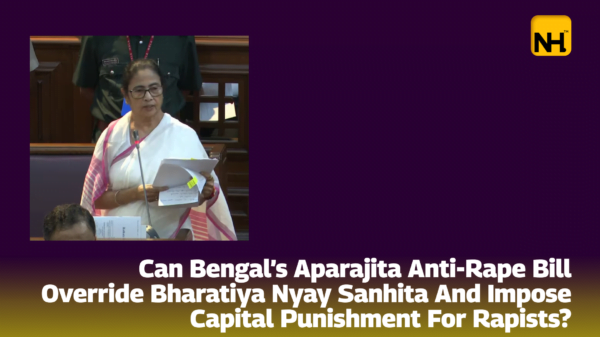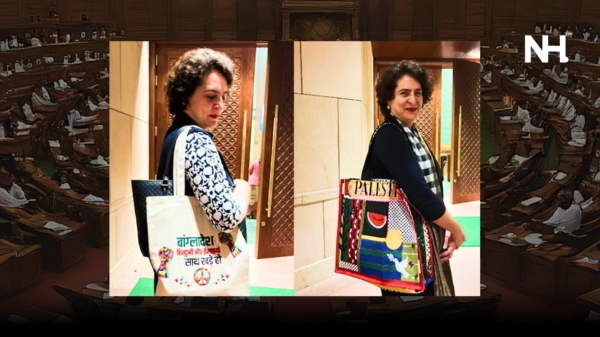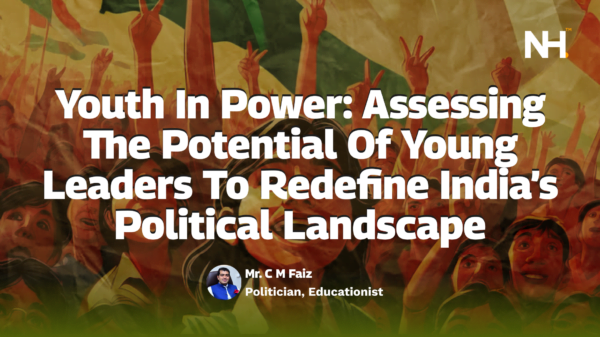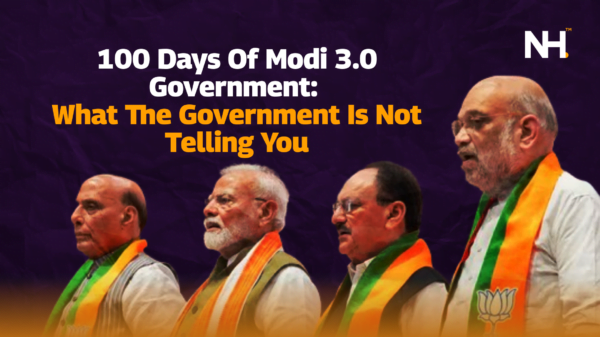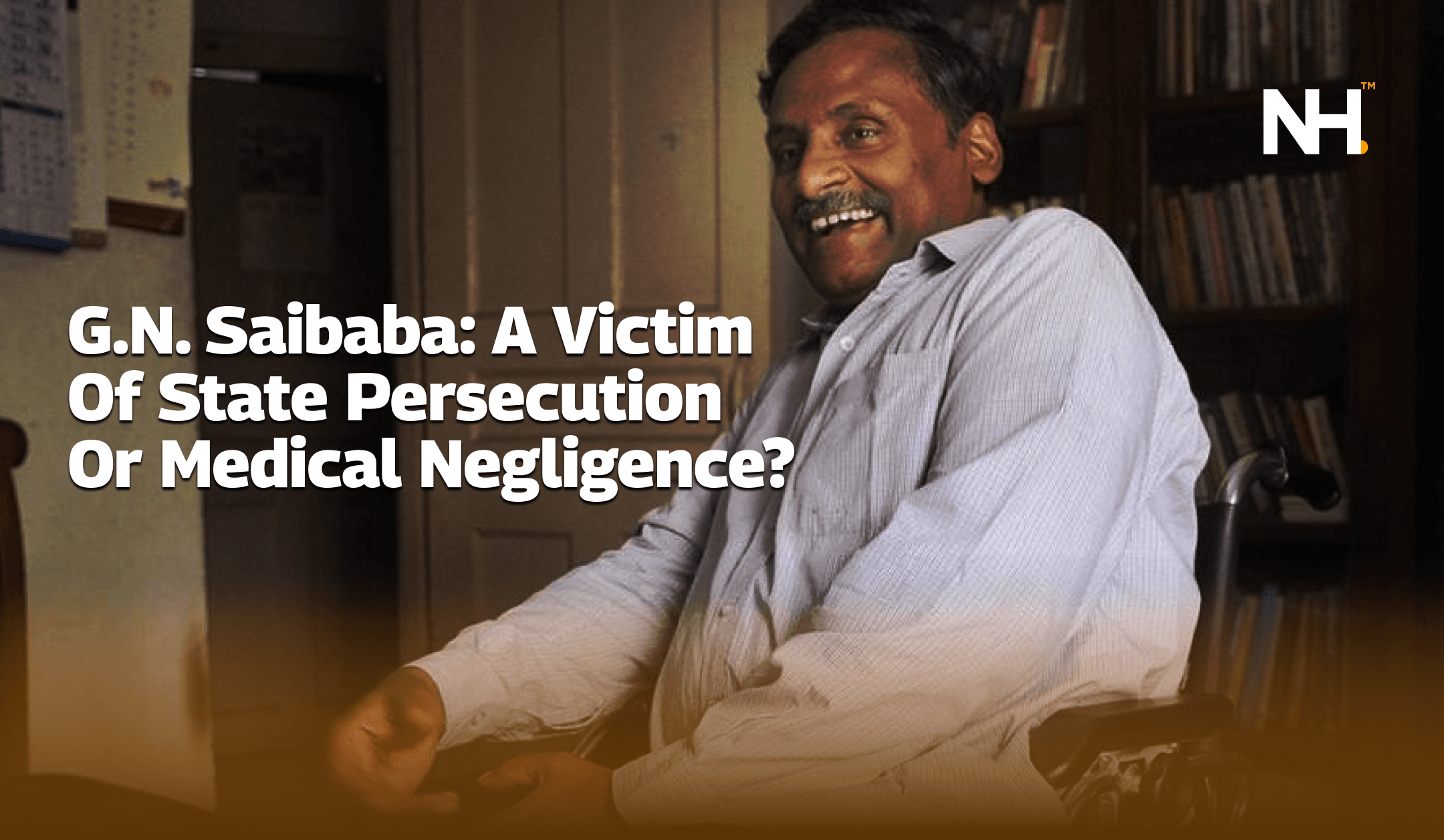G.N. Saibaba’s death on October 12, 2024, is more than just a personal tragedy—it is an enduring symbol of injustice, one that highlights the brutal reality of state repression and the systemic silencing of dissent in India. Saibaba, a former Delhi University professor, human rights activist, and intellectual, spent most of the last decade incarcerated under the draconian Unlawful Activities Prevention Act (UAPA) on baseless charges. His death is not merely a medical complication but the culmination of years of systemic neglect, abuse, and a deliberate campaign to punish him for speaking truth to power.
Saibaba was only 57 when he passed away, his body ravaged by years of neglect in prison and the cruel conditions he endured in solitary confinement. He had been fighting numerous health issues, including severe complications after a gallstone surgery that ultimately led to his death. While medical complications can arise from even routine procedures, the circumstances surrounding his treatment, or lack thereof, in prison suggest a more sinister cause. It is difficult for many to accept that his death was a mere accident; to them, it feels like a murder—a slow, calculated execution by the state that refused to acknowledge his rights, humanity, or basic dignity.
The Real Crime of G.N. Saibaba
What, then, was Saibaba’s real crime? It certainly wasn’t terrorism, despite the state’s accusations. His actual offence was his relentless advocacy for the rights of the marginalised—Dalits, Adivasis, and other oppressed communities who are often victims of state violence and systemic exploitation. Saibaba spoke out against state atrocities, the exploitation of tribal lands, and the violation of human rights. He criticised the government’s policies, such as Operation Green Hunt, which targeted Adivasi communities in India’s so-called “Red Corridor.” His advocacy for the rights of the oppressed made him a threat to those in power.
For this, the state framed him. The prosecution’s case against him was weak, relying on dubious evidence that included documents supposedly recovered from his house—none of which directly linked him to any illegal activities. The court’s decision to imprison him for life under UAPA was based on these flimsy allegations, despite the fact that the evidence was hardly conclusive and violated basic legal procedures. It wasn’t until 2022 that the Bombay High Court found the charges baseless and overturned his conviction. Yet even this moment of justice was short-lived; the Supreme Court immediately stayed the order, sending him back to prison to await another review of his case.
Eight Years in Hell
Saibaba’s life in prison was nothing short of a nightmare. Wheelchair-bound due to a childhood bout with polio, Saibaba’s 90% physical disability made him especially vulnerable. Despite his health condition, he was held in solitary confinement in the notorious Anda (egg-shaped) cell of Nagpur Central Jail—an inhumane form of imprisonment that broke him physically and mentally. He was denied adequate medical treatment, which led to the deterioration of his health. The extreme conditions of his imprisonment were designed not only to punish him but to send a clear message to others who might challenge the state.
During his years in jail, Saibaba’s body became a battleground—ravaged by illnesses, including COVID-19, and further weakened by neglect. The psychological toll of being denied basic rights and seeing his family, including his wife Vasantha and daughter Manjeera, suffer was immense. He lost his job at Ram Lal Anand College shortly after his arrest, leaving his family to fend for themselves. His wife, however, continued to fight for his release, becoming a powerful voice for human rights in her own right. Even though the High Court vindicated him, the damage had already been done.
A Democratic Farce
The question of why Saibaba was targeted remains a glaring indictment of the state’s attitude toward dissent. His case is not an isolated incident but a reflection of how Indian democracy has betrayed its own ideals. Instead of protecting the rights of individuals, the state has weaponized laws like UAPA to crush political dissent, stifling free speech and creating an environment of fear. Saibaba was not a criminal—he was a scholar, an activist, and a voice for the voiceless. Yet the state deemed him dangerous for daring to question its actions.
Saibaba’s story parallels that of many others, like Hany Babu, another academic who was jailed for advocating for Saibaba’s release. This chain of persecution shows how the state operates in cycles of repression, punishing those who dare to demand justice. Saibaba’s death, like the deaths and incarcerations of other political prisoners, stands as a stark reminder of the broken promises of Indian democracy.
Death or Murder?
For many, Saibaba’s death feels like a state-sanctioned murder, and this is not an exaggeration. His demise was not simply due to complications from surgery, but a result of years of neglect, abuse, and systemic denial of medical care. The state failed him at every level—arresting him on baseless charges, imprisoning him in cruel conditions, and finally allowing his health to deteriorate beyond repair. His death raises urgent questions about the state of justice in India and the role of the judiciary in upholding individual freedoms.
Saibaba wanted to live, to work, and to continue his fight for justice. Even after his release in March 2024, he sought to rebuild his life, seeking employment and reengaging with the causes that had always defined him. Yet his life was cut short, a casualty of a system that punishes those who challenge its power. His death is a reminder that in India today, the fight for justice comes with a heavy price, one that Saibaba paid with his life.
The story of G.N. Saibaba is not just a tale of personal tragedy—it is a story of the ongoing struggle for justice in India, a story that must not be forgotten.


